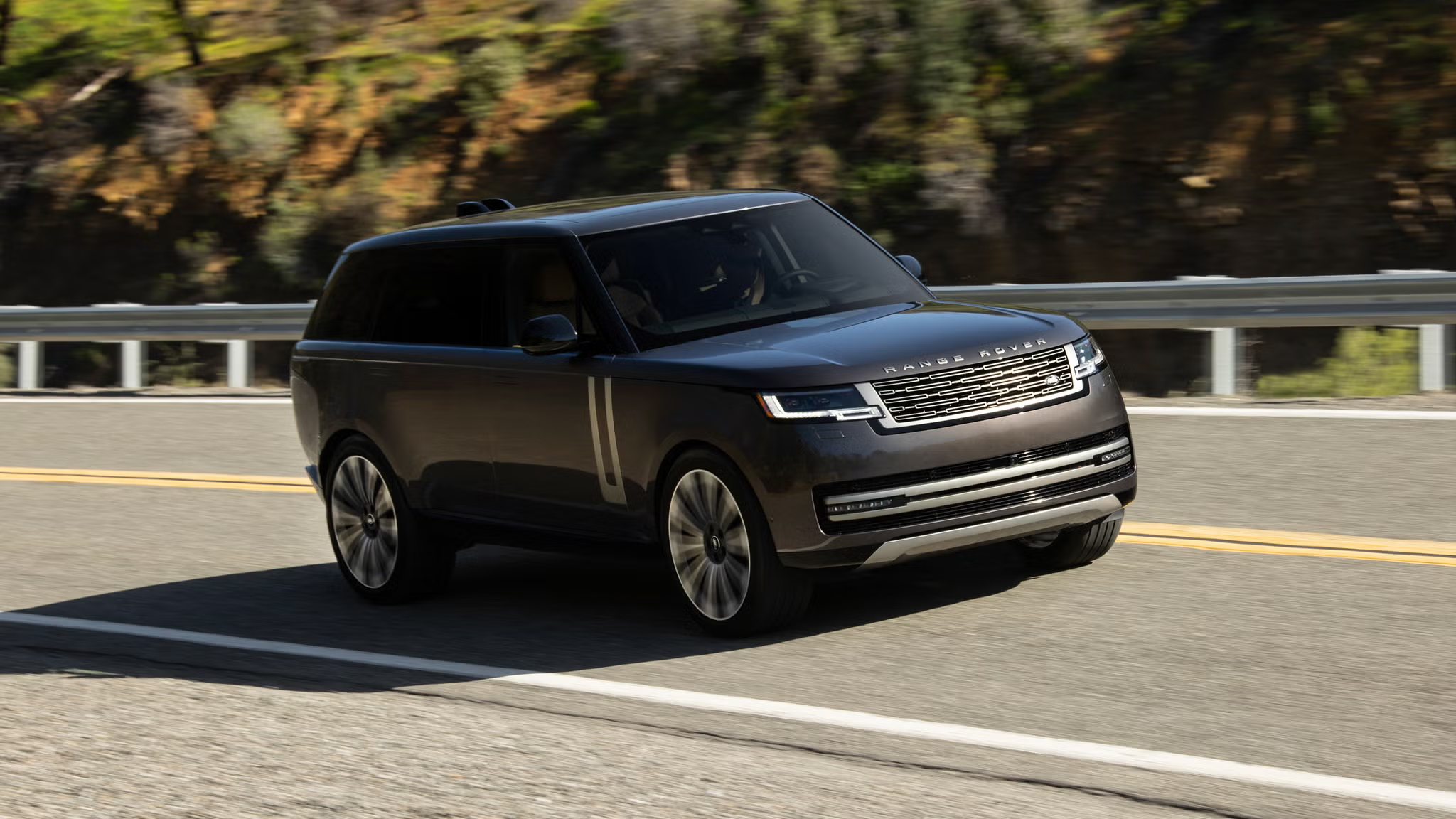In the modern automotive world, perception is everything. A car’s image—shaped by brand heritage, marketing campaigns, and public opinion—often plays a bigger role in consumer decisions than actual long-term reliability or ownership experience. Names like BMW, Jaguar, or Mercedes-Benz immediately evoke feelings of prestige, status, and excellence.
Conversely, brands like Hyundai, Mazda, or even Honda often come across as practical, sensible, and unremarkable. But the truth is far more nuanced. When it comes to ownership satisfaction over years and miles, the car that sounds prestigious isn’t always the one that performs best behind the wheel—or under the hood.
Many consumers fall into the trap of assuming that a car with a fancy nameplate automatically delivers a better driving experience. This assumption, while understandable, often leads to disappointment. Luxury vehicles, despite their technological advancements and opulent interiors, frequently come with excessive maintenance costs, fragile components, and a tendency to age poorly.
What may start off as a flawless, feature-rich ride in the showroom can quickly devolve into an unreliable, wallet-draining ordeal just a few years down the line. These cars are engineered to impress on a test drive, but can become a burden once the real miles start to add up.
On the other hand, so-called “cheap” cars—vehicles frequently overlooked due to their modest pricing and utilitarian designs—have quietly earned reputations for near-indestructible reliability. These are the cars that don’t try to be everything to everyone. Instead, they focus on doing the basics exceptionally well: dependable engines, simple transmissions, affordable repairs, and excellent fuel economy.
Brands like Toyota and Honda have built empires on these virtues, offering models that may not excite in a brochure but continue running strong for hundreds of thousands of miles.
This article takes a deeper dive into that reality, exploring five cars that sound cheap but last forever—the quiet champions of reliability and value—and contrasting them with five cars that sound fancy but fail—the seductive but costly choices that often leave owners frustrated.
We’ll look beyond the logos and price tags, examining the mechanical and real-world ownership factors that reveal the true nature of these vehicles. Each model in this list has earned its reputation—good or bad—not just through engineering choices, but through the lived experiences of millions of drivers around the world.
Whether you’re shopping for your next car, looking to downsize from a high-maintenance luxury model, or simply fascinated by the contradictions of car culture, this guide will give you insight into which cars live up to their promises—and which fall flat. It’s not about cheap vs. expensive; it’s about smart vs. short-sighted. In a world where marketing can sell almost anything, it’s more important than ever to separate reputation from reality.
Let’s take a look under the hood, both literally and figuratively, to discover which cars are worth betting on for the long haul—and which ones might be better left behind at the dealership.
Also Read: 5 Cars That Break Right After Warranty and 5 That Keep Going Forever
5 Cars That Sound Cheap But Last Forever
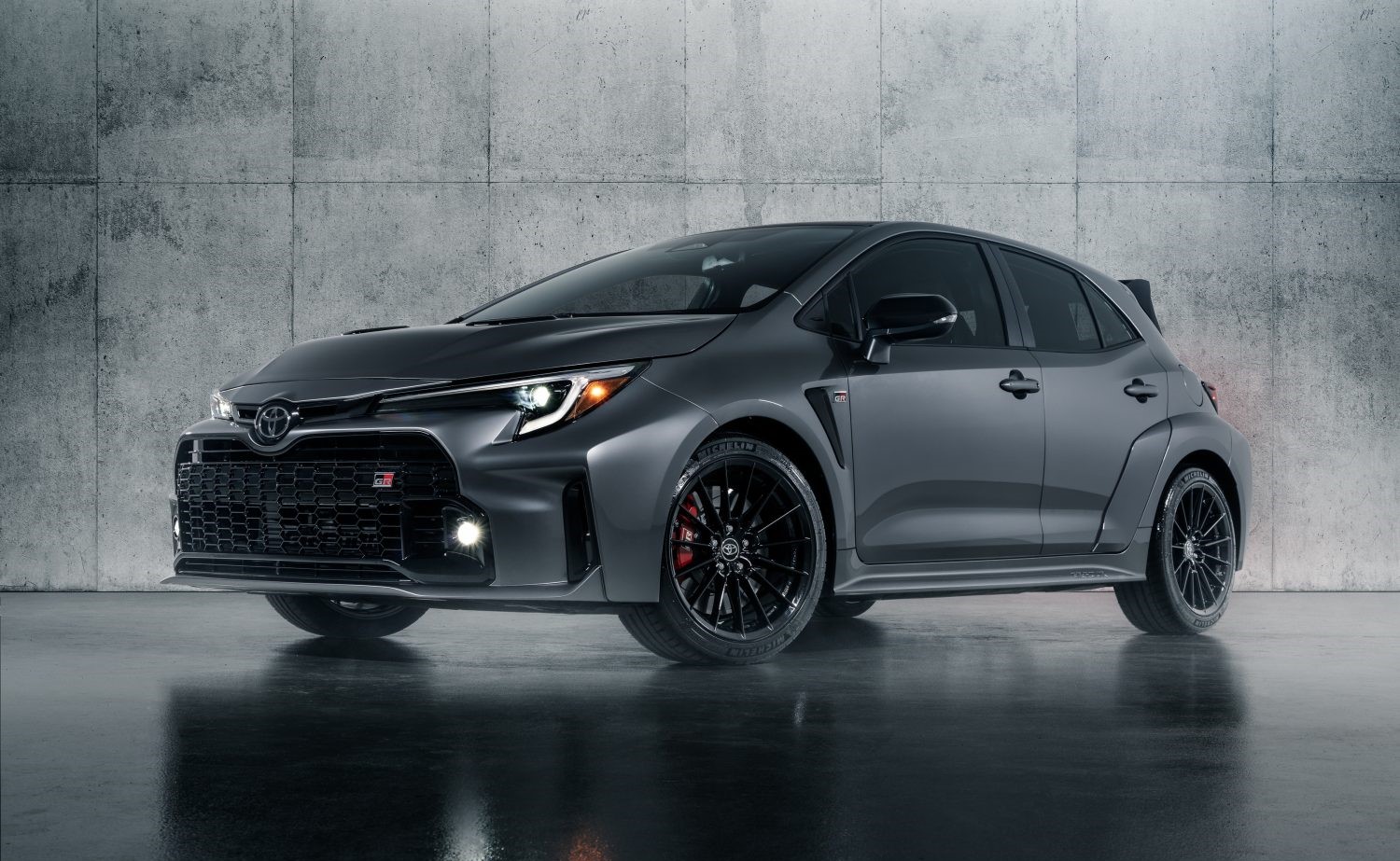
1. Toyota Corolla
The Toyota Corolla has long stood as a monument to automotive reliability. Often dismissed as plain or uninspiring, it has, for decades, quietly built a resume of near-bulletproof engineering. The Corolla isn’t flashy, nor does it pretend to be. It doesn’t promise zero-to-sixty thrills or dazzle you with high-end interiors.
But what it lacks in glamor, it more than makes up for in substance. Its straightforward design, limited number of moving parts, and strong global support system make it one of the most dependable cars you can buy—even if it doesn’t sound like much on paper. This car proves that durability doesn’t always wear an expensive name badge.
One of the key reasons for the Corolla’s longevity is Toyota’s conservative engineering approach. Instead of rolling out radical changes every few years, Toyota refines what already works. Many of the engines and transmissions in the Corolla platform are shared across multiple generations and models, meaning they’ve been tested in the real world countless times.
The result is a car that has fewer surprises, fewer unexpected breakdowns, and fewer visits to the mechanic. Whether it’s the time-tested 1.8-liter four-cylinder or the even more frugal 1.5-liter variants in some markets, Corolla engines are engineered for long-term function, not just short-term satisfaction.
Maintenance for a Corolla is also among the most affordable in the industry. Because of the sheer number of Corollas on the road and Toyota’s vast global parts supply chain, components are inexpensive and widely available. Routine maintenance tasks like brake replacements, oil changes, and filter swaps are inexpensive and straightforward, often costing half as much as those for more complicated vehicles.
Even more significant repairs, like water pump replacements or timing chain service, tend to be easier on the wallet than similar jobs on a German or luxury car. In short, the Corolla is the kind of car that doesn’t just last—it stays affordable to keep running, making it a favorite for budget-conscious drivers who want peace of mind.

2. Honda Civic
The Honda Civic has carved out its own legendary status among budget-conscious car buyers, and rightfully so. While it has always had a slightly sportier and more youthful image than the Corolla, the Civic remains fundamentally practical and mechanically sound.
Older Civics from the late 1990s and early 2000s are still commonly seen on the road today, often with over 250,000 miles on the odometer. That’s no accident—it’s the result of Honda’s precise engineering philosophy, which marries quality construction with a light touch on electronic complexity. Many Civic models don’t just age gracefully—they seem to almost ignore age altogether.
Honda’s naturally aspirated engines in older Civics—like the D-series and K-series motors—are mechanical marvels in their own right. These engines are overbuilt, simple in design, and easy to work on, making them favorites among both tuners and everyday drivers. The transmissions, particularly the manual ones, are slick-shifting and durable, with clutch components that can last over 150,000 miles with proper use.
Even automatic transmissions, which are usually a weak point in many brands, perform well in the Civic when serviced on schedule. Honda’s attention to balance—not just in performance, but in long-term usability—is evident in almost every inch of this car.
What makes the Civic truly remarkable, however, is how little it asks from its owner. Even higher-mileage examples continue to offer fuel economy that rivals new compact cars. The interiors may not be luxurious, but they age well, and the quality of materials used in dashboards, seats, and door panels often exceeds expectations for a budget car.
Furthermore, the Civic has one of the strongest resale values in the used car market, a testament to its perceived and real-world reliability. For many, the Civic isn’t just a first car or a cheap commuter—it’s a lifelong automotive companion that earns your trust mile after mile.
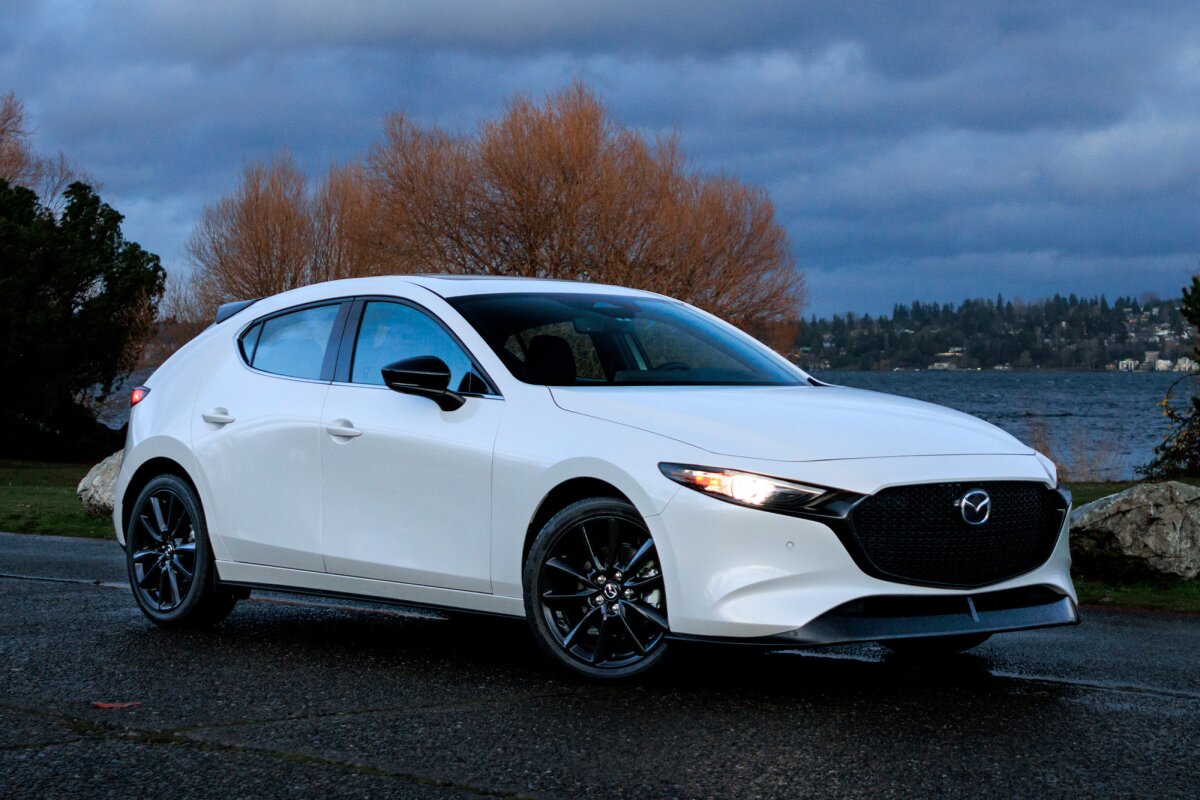
3. Mazda3 (2004–2013 Models)
Mazda’s reputation has long been tied to the idea of “zoom-zoom”—a nod to the brand’s commitment to enjoyable driving experiences—but their early Mazda3 models proved that excitement and durability can coexist. The first- and second-generation Mazda3s (2004–2013) were some of the most balanced compact cars on the market, offering responsive handling, efficient engines, and a surprising degree of build quality for the price.
While it may not have had the cachet of a Honda or Toyota, the Mazda3 quietly built a strong base of loyal owners who discovered its real strength: its ability to go the distance with minimal drama.
The naturally aspirated 2.0L and 2.3L engines found in these models are both reliable and punchy. They strike a nice balance between performance and efficiency, and—importantly—they’re not overly complicated. These engines are relatively easy to work on, and thanks to a strong enthusiast community, troubleshooting and repairs are well documented online.
The chassis, co-developed during Ford’s partial ownership of Mazda, is robust and capable. Many drivers have found that the suspension and body of the car hold up remarkably well to rough roads and high mileage, especially when compared to flimsier competitors in the same price range.
The interiors in the Mazda3 also deserve credit. While not lavish, the cabin materials feel well put together, and everything from switchgear to seat fabric has proven surprisingly durable over the years.
Rust was a concern in colder climates, particularly around the wheel wells and underbody, but for those in milder regions, or who took preventative measures, the Mazda3 proved to be a reliable, enjoyable daily driver with personality. In a segment where blandness often reigns supreme, the Mazda3 stood out not just for being fun to drive, but for refusing to break down when it mattered most.
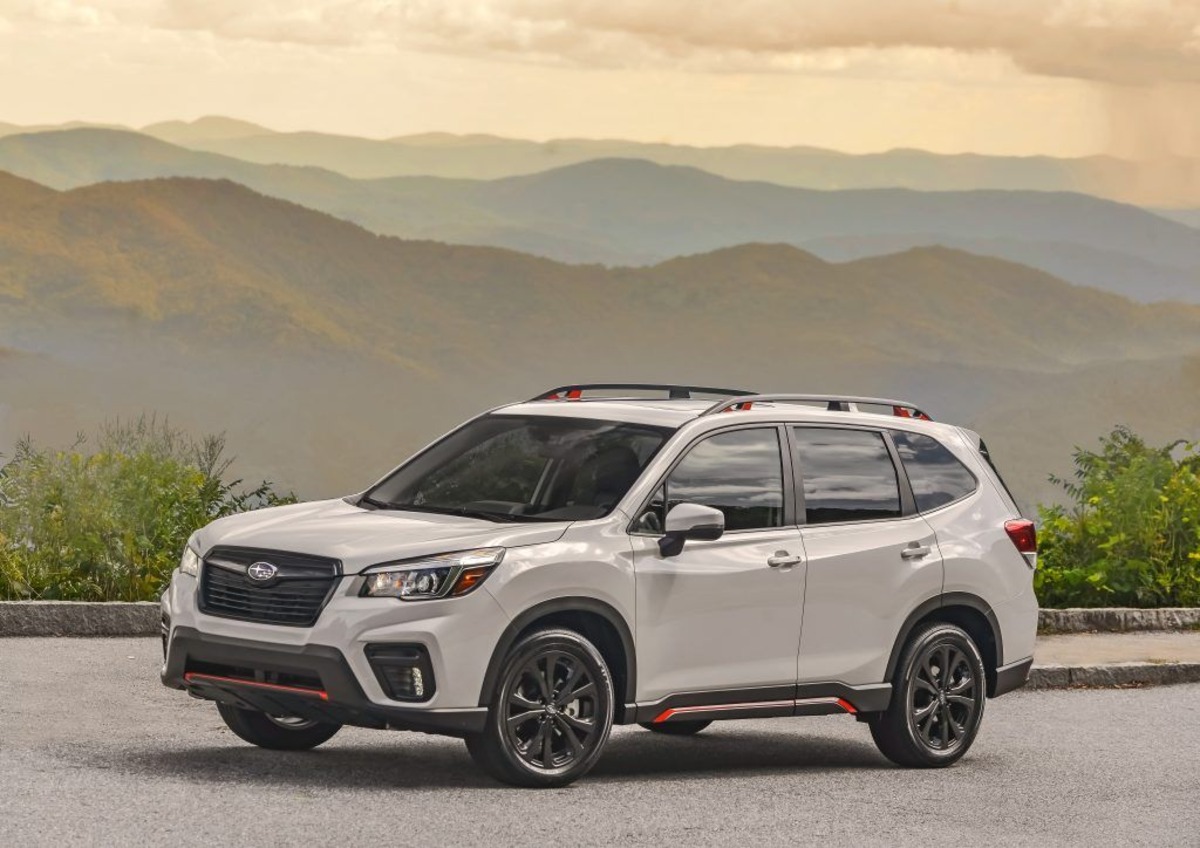
4. Subaru Forester (Pre-2014 Models)
The Subaru Forester has always had an image of rugged simplicity—an SUV for people who prioritize function over flash. But dig beneath that utilitarian exterior and you’ll find a vehicle that has quietly earned a reputation for lasting much longer than it has any right to.
The models built before 2014, in particular, are seen by many as the pinnacle of Subaru’s practical engineering. These vehicles were built during a time when Subaru was still focused on mechanical reliability and real-world durability, and it shows in how long they tend to stick around.
What sets the Forester apart is its unique use of the boxer engine and symmetrical all-wheel-drive system. While these technologies sound fancy, they’re used here in the service of consistency and strength. The 2.5L non-turbo flat-four engine found in many of these models is known for its resilience when properly maintained.
Yes, head gasket issues were common in some years, but the problem became so well known that both the aftermarket and Subaru themselves responded with improved parts and revised maintenance techniques. Once this issue is addressed, many Foresters will easily cruise past 200,000 miles without major mechanical failures.
The Forester’s design also makes it appealing to people who want to hang onto their cars. It offers excellent visibility, straightforward interior layouts, and enough ground clearance for light off-roading or harsh winter driving. The minimalist approach to cabin technology, especially in earlier models, means fewer things to go wrong over time.
Owners regularly praise the car for starting reliably in all weather, handling bad roads with confidence, and providing ample cargo space without becoming oversized or unwieldy. If you’re looking for a vehicle that sounds modest but acts like a champion in the long run, the Forester is an excellent bet.
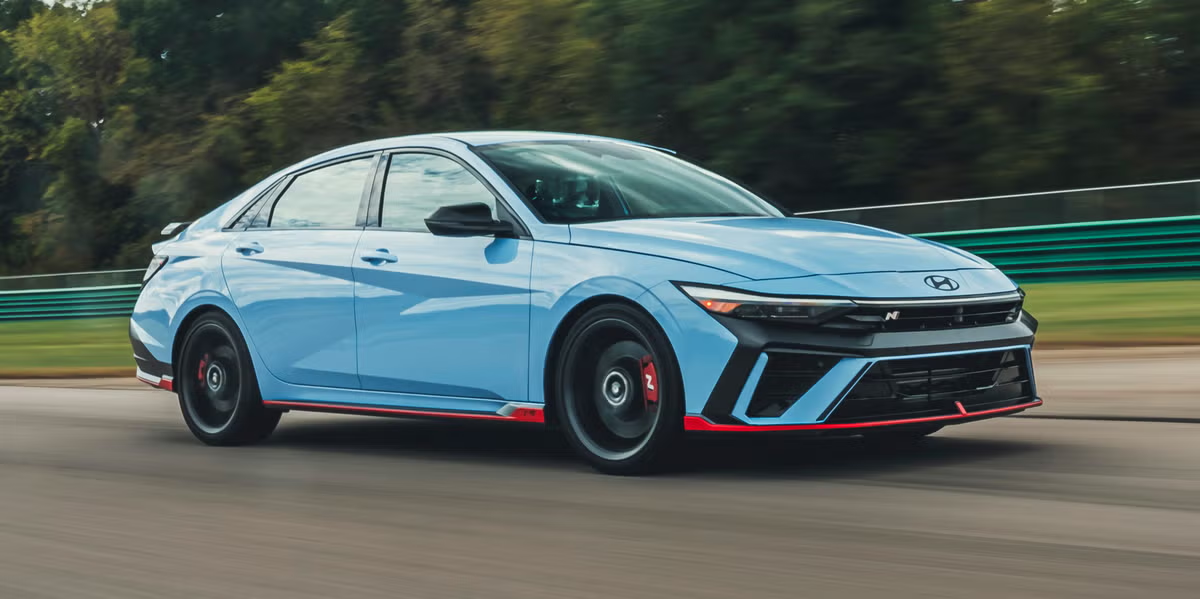
5. Hyundai Elantra (2011–2016 Models)
The Hyundai Elantra used to be the punchline in conversations about budget cars, but that started to change dramatically in the early 2010s. With the 2011 redesign, Hyundai not only improved the Elantra’s looks but also focused heavily on quality, fuel efficiency, and reliability.
Many people still wrote it off as a “cheap” alternative to a Civic or Corolla, but in reality, the Elantra had grown into a serious contender. In the years since, it has shown itself to be one of the best values in the used car market, with many examples lasting well over 200,000 miles with minimal issues.
A big part of the Elantra’s success is Hyundai’s move toward simpler, more robust powertrains. The 1.8L Nu engine used during this period was designed with longevity in mind, avoiding many of the complicated turbocharging systems that plague more modern vehicles.
The automatic transmission, while not cutting-edge, was dependable and predictable. Hyundai also offered long warranties during this period, including a 10-year/100,000-mile powertrain warranty that forced the company to build cars that could survive that long without excessive repair claims. That alone set a new benchmark for what a “budget” car could be.
In day-to-day use, the Elantra is easy to live with. Fuel efficiency is excellent, the ride is comfortable, and while the cabin isn’t luxurious, it’s thoughtfully designed and surprisingly roomy. Dashboard controls are intuitive, materials resist wear well, and the general fit-and-finish is better than you’d expect in a car that often sells for thousands less than its rivals.
For drivers looking for a no-nonsense car that doesn’t pretend to be something it’s not—but still delivers solid value, dependability, and comfort—the Elantra is a quiet winner.
5 Cars That Sound Fancy But Fail
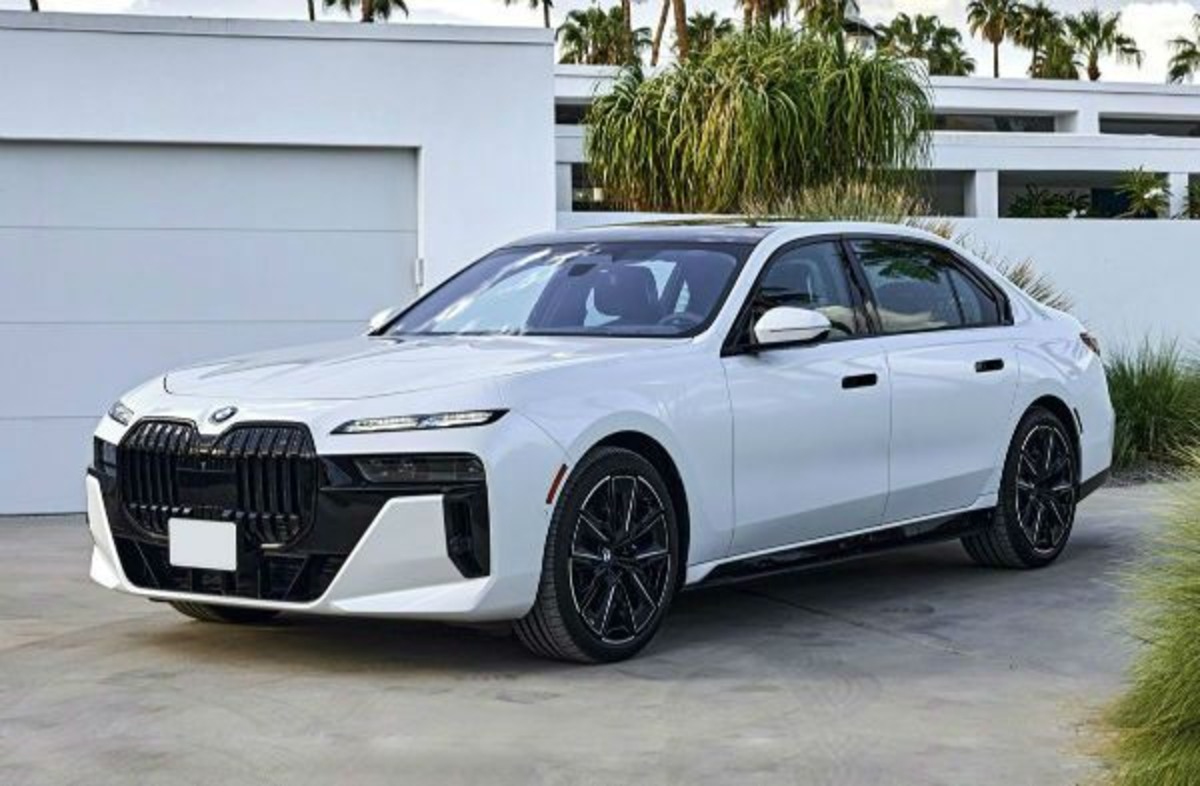
6. BMW 7 Series
Few cars carry the reputation of elegance and driving prestige like the BMW 7 Series. Marketed as the pinnacle of Bavarian luxury, it’s a flagship sedan that promises smooth performance, cutting-edge technology, and stately design. It’s the type of car executives are chauffeured in, or enthusiasts buy used, hoping to experience a slice of the high life at a fraction of the original cost.
But for all its prestige and presence, the 7 Series has a darker side—one that tends to reveal itself after the warranty has expired. What starts as a dream ride can easily morph into a money pit with a symphony of electrical failures, drivetrain quirks, and exorbitant repair costs.
A big issue with the 7 Series is that BMW often uses it as a technological testbed. Many new innovations debut in the 7 before trickling down to lower models. While this might sound impressive, it comes with a hefty downside: these untested systems often prove to be unreliable.
Whether it’s early versions of the iDrive system, adaptive cruise controls, or active steering, these high-tech features tend to age poorly. Software glitches, frozen screens, malfunctioning sensors, and control unit failures become all too common after a few years. Repairs often require proprietary tools and software that only BMW dealerships can access, inflating both wait times and repair bills.
Then there’s the mechanical side of the equation. Engines like the twin-turbocharged V8s and V12s may offer breathtaking performance, but they’re notoriously finicky. Common problems include oil leaks from valve covers, coolant system failures, and timing chain issues. Many of these engines require the removal of multiple components just to access basic parts, driving labor costs through the roof.
Transmission malfunctions and air suspension failures further add to the frustration. Buyers attracted by used car pricing often underestimate the cost of ownership, quickly discovering that repairs can rival or even exceed the car’s market value. The 7 Series may look like a king’s carriage, but maintaining it can feel like funding a royal court.
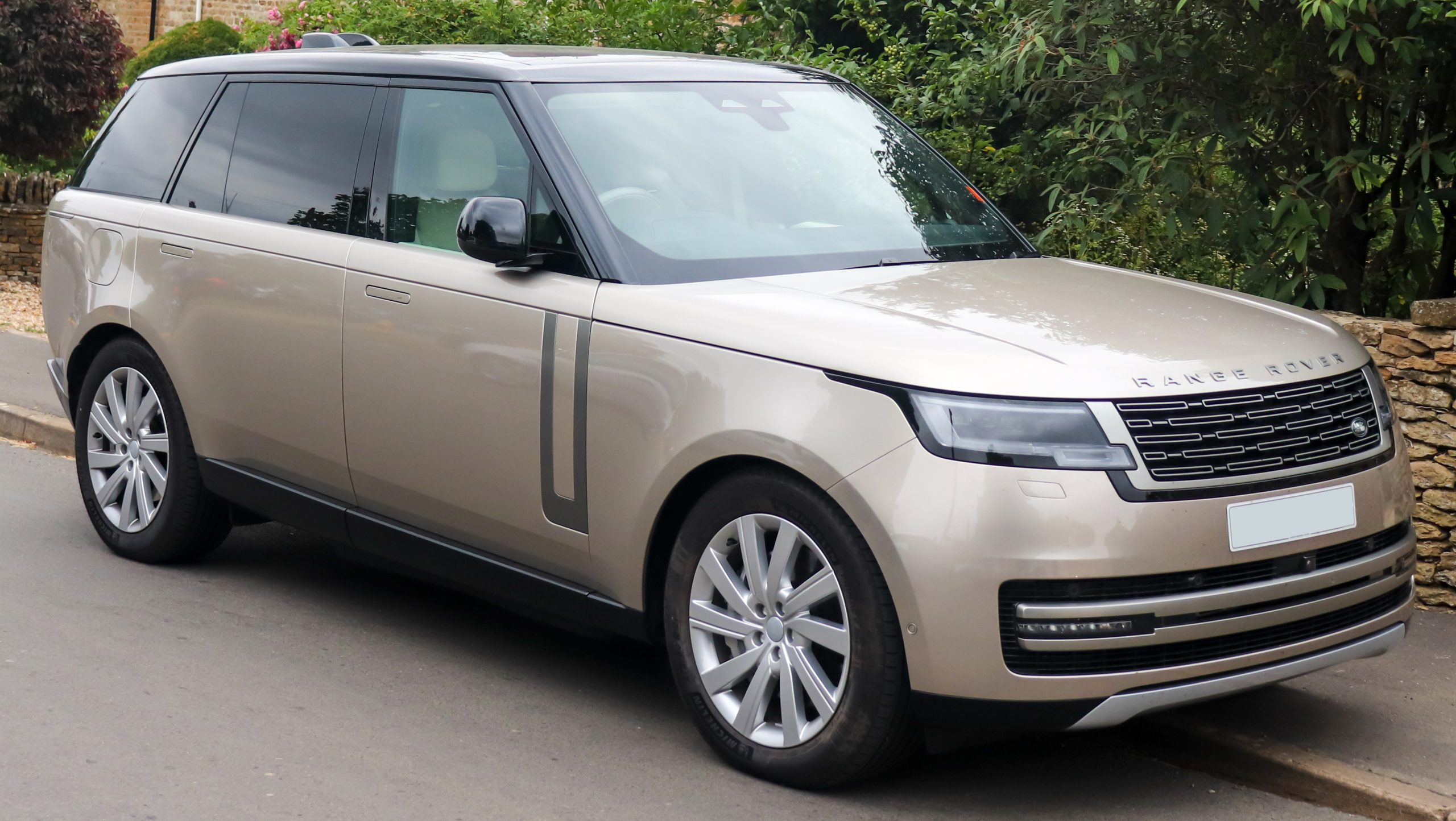
7. Range Rover (All Model Years)
Range Rover. Just the name alone evokes luxury, ruggedness, and British prestige. It’s the kind of vehicle you expect to see parked outside luxury hotels or crossing a muddy hilltop estate in Scotland. It’s also one of the most aspirational SUVs in the world—until you own one.
Few vehicles carry as stark a contrast between perception and reality as the Range Rover. For all its allure and capability, it also comes with a notorious history of mechanical and electrical failures, often surfacing early in ownership and compounding as the years roll on.
The problems begin with the electronics. Range Rovers are infamously glitch-prone, with issues that range from frustrating to debilitating. Electrical gremlins affect nearly every part of the vehicle, including climate control, windows, power seats, infotainment systems, and even basic engine management systems. It’s not uncommon for owners to face situations where warning lights flood the dashboard, only for diagnostics to reveal ambiguous or false errors.
The infotainment system often lags or crashes entirely, and early adoption of semi-autonomous features only made matters worse. While these tech features may look great in a brochure, they often become the Achilles’ heel of long-term ownership.
Mechanically, the Range Rover is just as problematic. Air suspension systems, designed to offer adjustable ride height and smooth driving dynamics, are notoriously fragile and expensive to repair. Engine problems, particularly in supercharged V6 and V8 variants, include oil leaks, timing chain tensioner issues, overheating, and cylinder scoring.
These problems are often difficult to detect early and can escalate into engine failure. Worse, many issues require complete disassembly of major components to diagnose or repair. Combined with extremely high labor costs and limited access to qualified service technicians, maintaining a Range Rover becomes a burden few owners are prepared for. It’s a vehicle that looks and sounds like a top-tier luxury SUV, but often fails to live up to that promise where it counts.
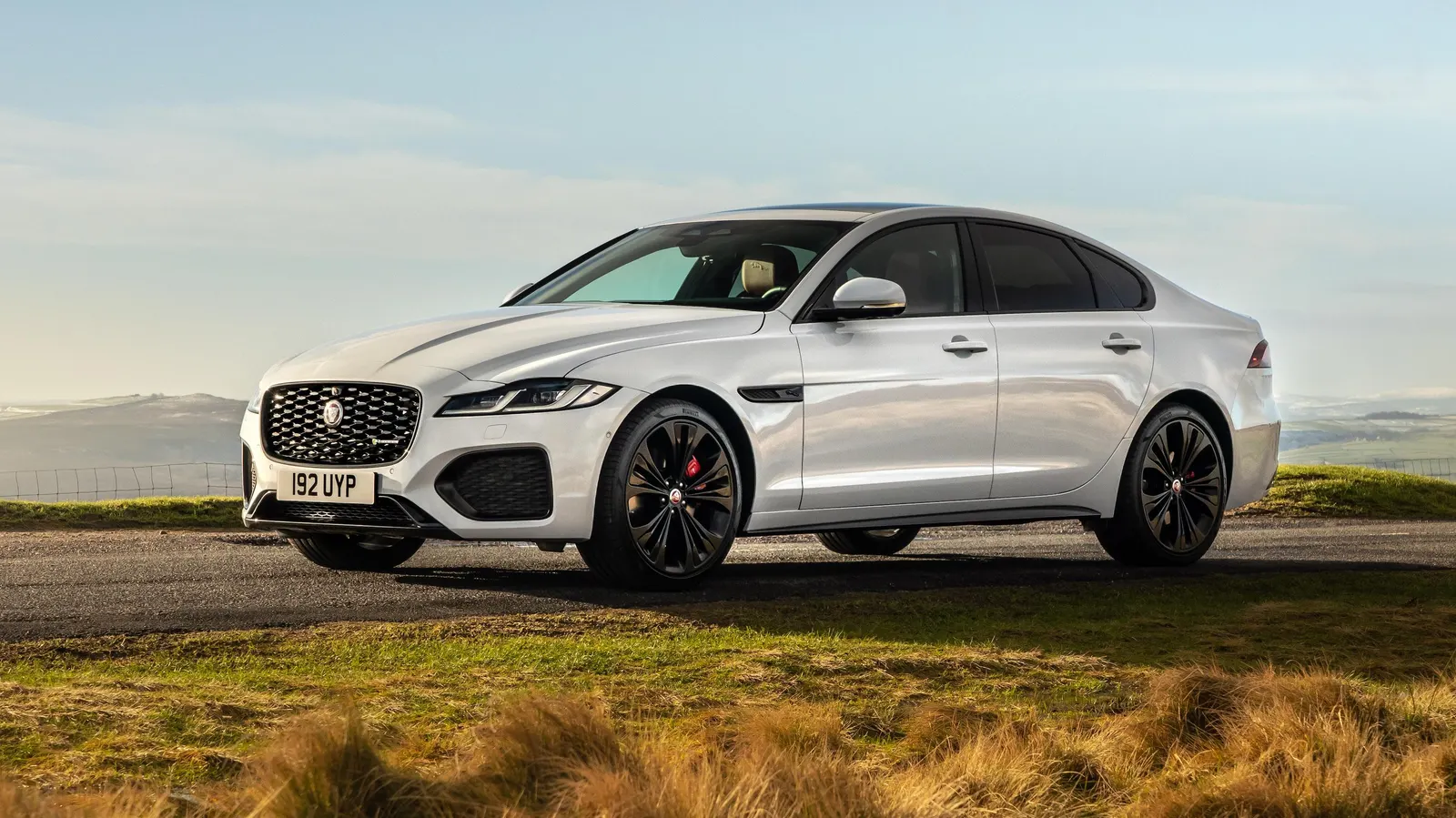
8. Jaguar XF
The Jaguar XF was introduced as a stylish, modern alternative to German executive sedans. With its sweeping design, luxurious interior, and sporty driving dynamics, the XF appeared to be a perfect blend of performance and prestige. It came loaded with high-end features, dynamic engine options, and the unmistakable flair that only a British luxury car could offer.
But beneath that elegance lies a ticking time bomb of reliability issues. The XF has consistently ranked poorly in long-term dependability studies, and for many owners, the dream of Jaguar ownership quickly turns into a costly reality check.
The first and most glaring issue with the XF is its electronics. Much like its British cousins, Jaguar has struggled to integrate complex technology with long-term durability. The XF’s infotainment system, keyless entry, electronic shifters, and even climate control frequently fail.
Owners have reported screens freezing, audio systems shorting out, and backup cameras refusing to operate—sometimes all at once. The infamous rotary gear selector that rises when the engine starts? Stylish, but prone to failure. When something goes wrong electronically in the XF, it’s rarely a cheap or easy fix.
Under the hood, things aren’t much better. Jaguar’s engines have varied in reliability, but turbocharged four-cylinders and supercharged V6s have both experienced issues like oil leaks, timing chain wear, and misfires. Cooling systems are known to be weak, and overheating can cause serious damage if not addressed immediately.
Furthermore, because Jaguar uses many proprietary parts and specialized designs, even routine maintenance can come with a luxury price tag. While newer XF models have made strides in quality, older examples—especially those out of warranty—are best approached with caution. Despite its outward appeal, the XF represents a classic example of a luxury car that overpromises and underdelivers in reliability.
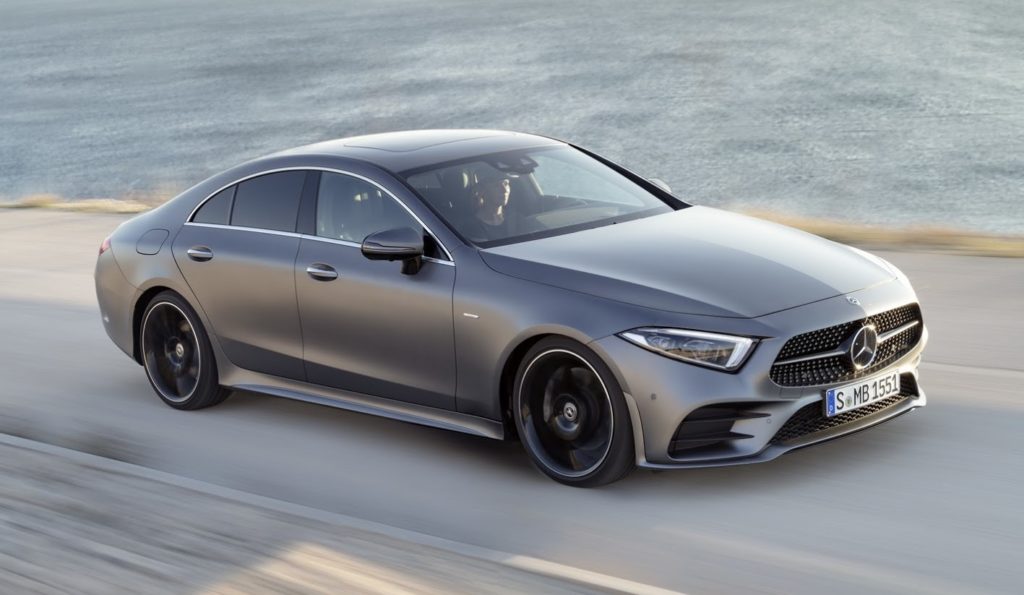
9. Mercedes-Benz CLS-Class
Mercedes-Benz is often hailed as a symbol of precision engineering and high-end craftsmanship, and the CLS-Class is perhaps one of the most elegant examples of that legacy, on the surface. With its sleek, coupe-like profile and performance-oriented trim options, the CLS is a head-turner that stands apart from the traditional E-Class or S-Class sedans.
However, owners often discover that this car, while visually stunning, is hiding a long list of mechanical gremlins and electronic issues that make it a risky long-term purchase. The CLS has developed a reputation for being high-maintenance and unforgiving when neglected even slightly.
One of the core issues with the CLS-Class is its overly complex engineering. Many models come equipped with Mercedes’ AIRMATIC air suspension system, which offers a comfortable ride but is notorious for failing after 60,000 to 100,000 miles. When the system goes bad, it’s not just a matter of a bumpy ride—the car often sags on one side or becomes completely undrivable, requiring expensive air struts or compressor replacements.
Transmission issues, especially with the 7-speed automatic, have also been reported in older models. Shifting hesitation, gear hunting, and complete failure aren’t unheard of, and repairs can require deep pockets.
The CLS also suffers from many of the electrical problems common to German luxury vehicles. The COMAND infotainment system has been criticized for poor user experience and frequent bugs. Features like adaptive headlights, electronic seats, and climate control systems often degrade over time.
Adding insult to injury, access to many of these components is difficult, resulting in longer and costlier labor hours. The CLS may seduce you with its curves and comfort, but it often punishes owners with a relentless stream of maintenance issues that defy its luxury aspirations.
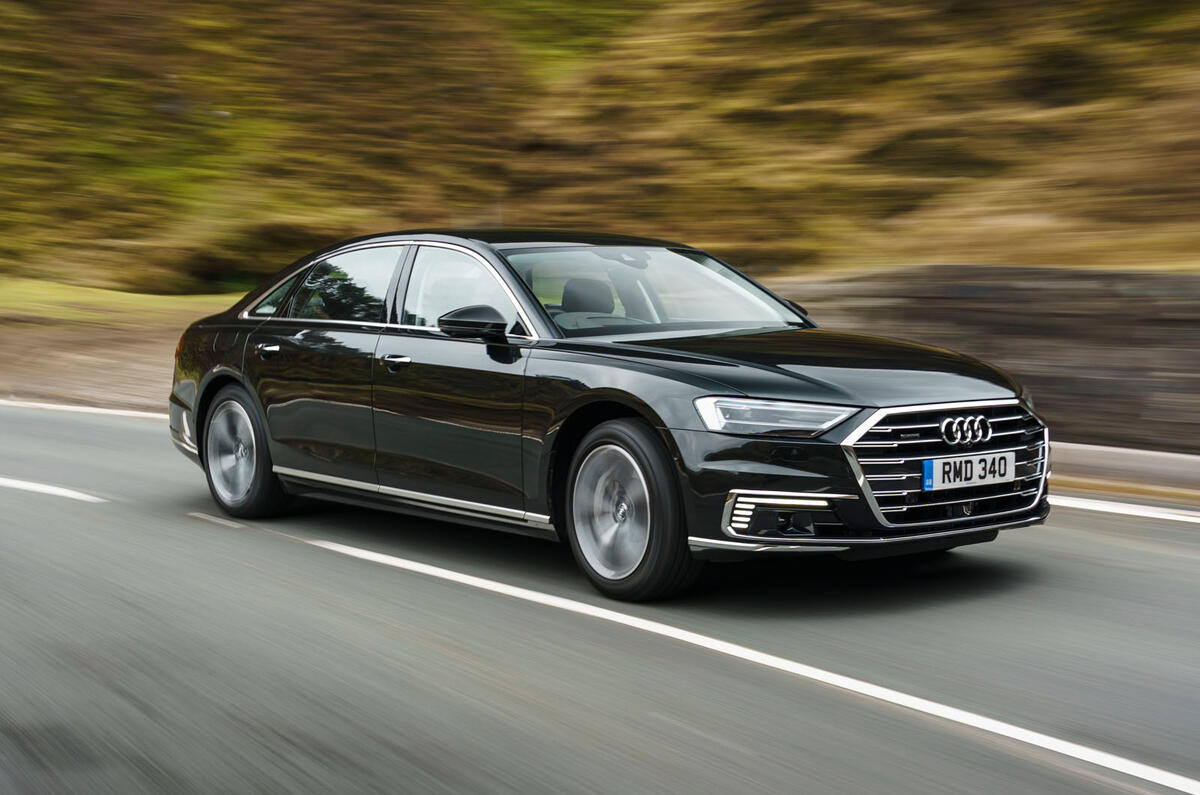
10. Audi A8
At the top of Audi’s luxury hierarchy sits the A8, a car designed to compete with the BMW 7 Series and Mercedes-Benz S-Class. It’s a masterclass in engineering sophistication: lightweight aluminum construction, Quattro all-wheel drive, and a tech-laden interior that rivals the finest limousines.
However, beneath the elegant veneer lies a daunting reality. The A8 is one of the most maintenance-intensive and problematic cars Audi has ever produced. It may look like the car of your dreams, but once you start living with it, the cracks begin to show—figuratively and sometimes literally.
The A8 is infamous for electrical issues. From failing MMI infotainment modules to glitchy digital dashboards, the car’s advanced features often become liabilities. Air suspension components tend to wear out early, causing an uneven ride height or complete suspension collapse.
Electrical drain problems are common, often leaving owners with dead batteries overnight. Adaptive lighting, power doors, and even basic comfort features like heated seats or soft-close doors can stop functioning entirely. These aren’t rare one-off complaints—they’re recurring themes that haunt many long-term A8 owners.
Mechanically, the problems are just as severe. High-performance engines like the 4.2L V8 and the rare W12 are technically impressive, but they suffer from significant wear issues, including timing chain problems, valve carbon buildup, and premature component fatigue.
Due to the car’s space-saving design, even basic repairs often require the removal of the engine or other major components. This inflates labor costs and makes simple fixes prohibitively expensive. Furthermore, the A8 depreciates rapidly, often making a once $90,000 car worth less than $15,000 in just a few years, while repair bills remain luxury-level. It’s a car that promises everything and delivers it, for a short time, before the maintenance reality kicks in like a financial uppercut.
Also Read: 5 Cars That Break Right After Warranty and 5 That Keep Going Forever
As we’ve seen, the world of cars is full of contradictions. Vehicles that sound mundane—sometimes even laughably basic—can outlast and outperform their flashier, more expensive counterparts in ways that defy expectations. The Toyota Corolla, Honda Civic, and even the Hyundai Elantra have demonstrated that thoughtful engineering, reliability, and simplicity are far more valuable in the long run than a leather-wrapped steering wheel or a badge on the grille.
These cars might not turn heads at a stoplight, but they will get you where you need to go, year after year, without drama—and often on a tight budget.
The same cannot always be said for high-end machines like the BMW 7 Series, Range Rover, or Audi A8. While these cars might impress at first glance, with their cutting-edge features, powerful engines, and luxurious cabins, their complexity often leads to a host of expensive issues.
Electrical glitches, premature wear, and inaccessible repair systems make them difficult and costly to maintain, especially after their warranties run out. The prestige of ownership quickly fades when the repair bills start to pile up, or when your luxury vehicle refuses to start on a cold morning. These cars may look like royalty, but they often behave like divas.
This isn’t to say that all luxury vehicles are unreliable or that all budget cars are invincible. Every brand has its winners and its cautionary tales. However, the key takeaway here is to look beyond marketing gloss and dig into real-world performance. When buying a car—especially a used one—it pays to ask the right questions: How easy is it to maintain?
How available are parts? What do long-term owners say after 100,000 miles? Is this car built to impress in the short term, or to endure for the long haul? These questions often reveal far more than the brochure or dealer pitch ever will.
At the end of the day, the smartest automotive investments are those that offer peace of mind. That may not come with a badge that impresses the neighbors or a dashboard with ambient lighting, but it will come when you’re not stranded on the side of the road or draining your savings to fix a failed suspension system.
Dependable cars build trust—quietly, persistently, and without fanfare. And in an industry that often prioritizes style over substance, that kind of trust is rare and valuable.
So whether you’re drawn to the understated reliability of a Honda Civic or tempted by the allure of a high-end Jaguar XF, make sure your final decision isn’t just about how a car looks or what it promises—it’s about how it performs, how it ages, and how well it holds up when the spotlight fades.
In the battle between cars that sound cheap but last forever and those that sound fancy but fail, the winner isn’t the one that shines the brightest—it’s the one that keeps driving the longest after the others have burned out.

